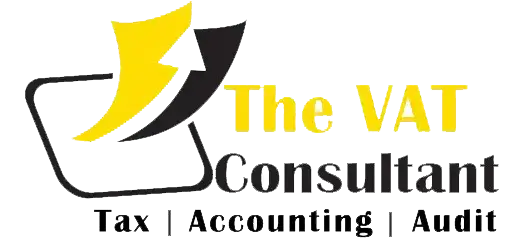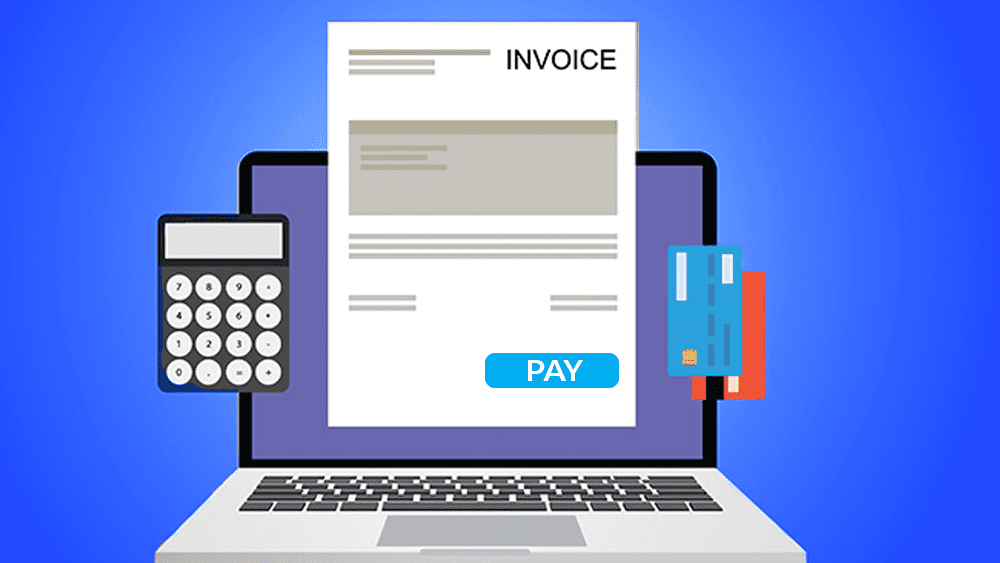In the realm of e-Invoicing in Saudi Arabia, we encounter two distinct phases: Phase 1, the generation phase, and Phase 2, the integration phase. As mandated by the Authority for the implementation of Phase 2, taxpayers subject to e-invoicing regulations must execute integration between the Zakat, Tax, and Customs Authority and their systems. These integration obligations encompass specific requirements, technical specifications, control resolutions, and procedural guidelines.
The rollout of the second phase of e-invoicing is planned to occur gradually, commencing on January 1, 2023. The initial phase applies to businesses with revenues exceeding 3 billion from January 1, 2023, while the second phase pertains to businesses with revenues surpassing 500 million in FY 2021, effective from July 1, 2023.
Key Requirements for B2B and B2C Invoices:
I. Key System Requirements for Generating B2B Invoices
1. Connectivity to the e-Invoicing Portal
– Taxpayers must ensure that their software solutions have seamless internet connectivity to facilitate interaction with the e-invoicing portal during the 2nd phase. This connection is essential for the clearance of invoices through the portal. Additionally, software solutions must have real-time sharing capabilities for invoices and related credit and debit notes, with the clearance process validating, stamping, and returning invoices to the taxpayer.
2. QR Code Generation
– The software system must have the capacity to generate a QR code for each invoice created. During the clearance process via the e-invoicing integration portal, the QR code is updated. This QR code, containing essential details like the seller’s name, VAT registration number, invoice timestamp, total invoice amount, VAT amount, and cryptographic stamp applied by the integration portal for security, is what appears on the buyer’s invoice.
II. Key System Requirements for Generating B2C Invoices
1. Compliance
– Software systems must ensure compliance and be registered on the e-invoicing integration portal using a unique device ID. This registration is a pivotal security and integrity requirement for the 2nd phase of e-invoicing. Prior to generating B2C invoices, it is advisable to confirm that the solution is duly registered.
2. QR Code with Cryptographic Stamp
– In the context of B2C transactions, QR codes must encompass additional information as stipulated by the Authority for the 2nd phase of e-invoicing. Software systems must be equipped to generate the cryptographic stamp, which is not visible on the printed invoice but embedded within the QR code.
3. Internet Connectivity
– To facilitate simplified e-invoice reporting, software solutions should be capable of connecting to the internet. Whenever an internet connection is available, the solution should enable the uploading of invoices to the e-invoicing integration portal via an API. Real-time reporting is not obligatory due to the absence of clearance requirements, but invoices must be shared with the integration portal within a specified timeframe set by the ZATCA.
4. Reporting Invoices
– Unlike B2B invoices, e-invoices for B2C transactions can be instantly shared with customers, as there is no clearance process involved. However, invoices must be reported to the e-invoicing integration portal within 24 hours of issuance. In this reporting process, the validity of simplified electronic invoices is ensured, and an acknowledgment via the API is sent to the taxpayer.
III. Common Key System Requirements for B2B and B2C Invoices
1. Electronic Invoice Generation
– Both B2B and B2C invoices must be electronically generated using dedicated software systems. Scanned paper invoices are not considered electronic invoices unless they were originally generated using a software system and then printed. These e-invoices should include mandatory fields as specified by the authority.
2. Inclusion of Mandatory Fields
– Invoices should be generated in XML format, and if they are in PDF format, they must contain embedded XML. Mandatory fields, as per integration phase regulations, should be included. B2B invoices require additional mandatory fields such as a QR code, invoice taxable amount, additional seller ID, and subtotal inclusive and exclusive of VAT at the line-item level. B2C invoices necessitate an additional mandatory field: the subtotal, inclusive of VAT at the line-item level.
3. Generation of UUID and Hash Invoices
– Standard and simplified e-invoices must feature Universally Unique Identifiers (UUIDs), which should be generated by the software system. These UUIDs distinguish each invoice and are commonly referred to as Global Unique Identifiers (GUIDs). The UUIDs are not visible on the invoice but can be tracked. Similarly, invoice hashes, also generated by the software system, are not visible on the invoice and serve as a form of digital fingerprint.
4. Archiving in Accordance with VAT Regulations
– Each invoice generated should be archived in adherence to VAT regulations. The Authority should have access to archived invoices at any time. For instance, if data is stored on a cloud, a direct access link should be provided to the Authority. Every archived invoice should include the VAT or tax registration number, timestamp, and invoice reference number.
5. Prohibited Software Functions
– The ZATCA has outlined certain prohibited functions that software systems must not possess when generating invoices during the second phase. Prohibited functions include preventing timestamp changes during the issuance of e-invoices, credit notes, or debit notes. Exporting stamping keys and non-sequential invoice generation are also disallowed. Even in cases of invalid e-invoice generation, the sequence must be retained to align with e-invoicing regulations.
Taxpayers must adhere to the requirements of the Phase 1, or generation phase, until the time arrives for the implementation of the second phase of e-invoicing.
You can also Register Corporate Tax Registration in our website:
https://thevatconsultant.com/





























